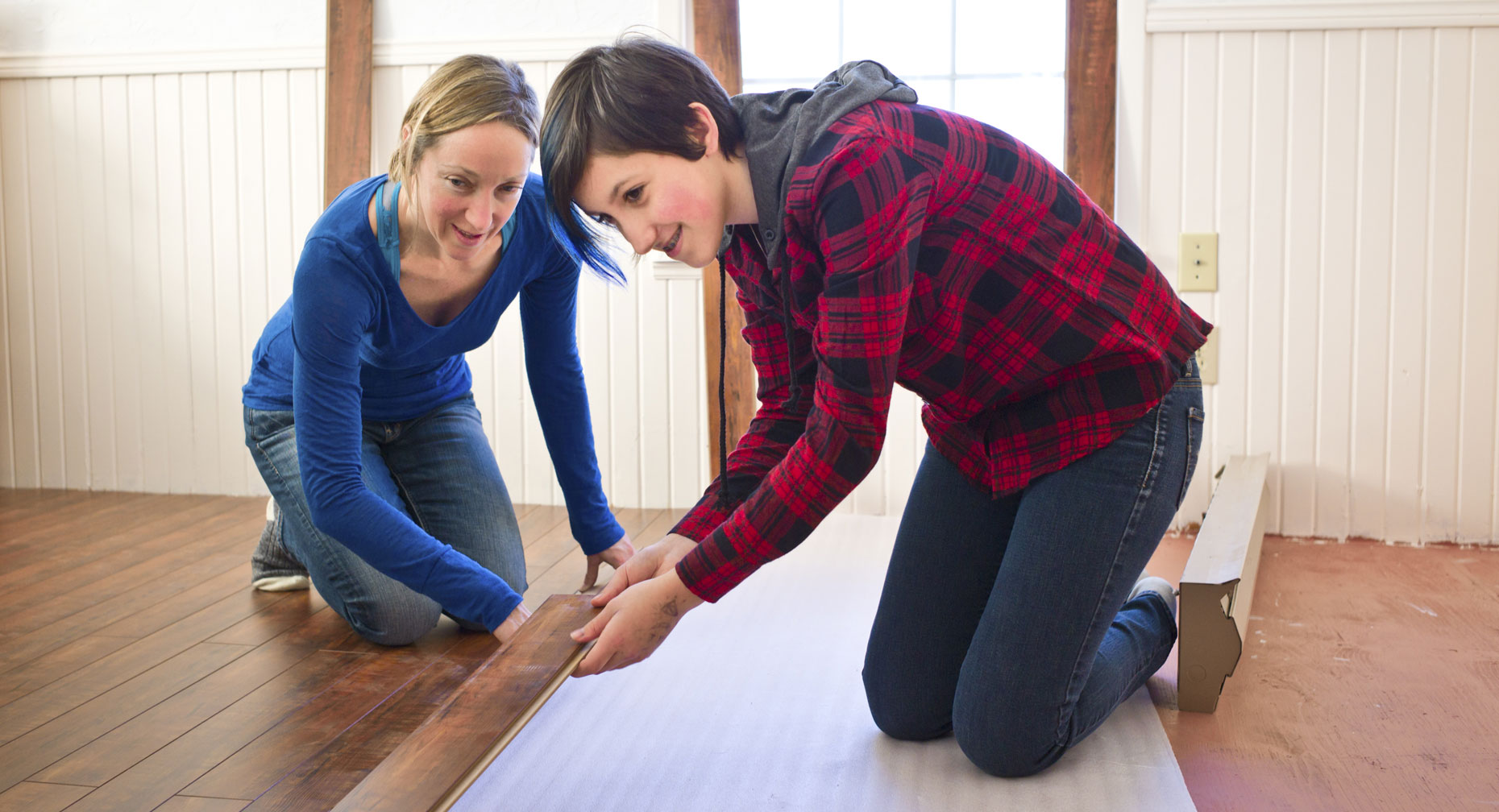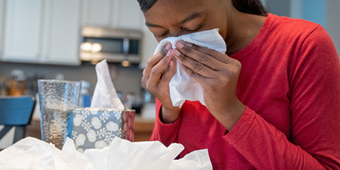Your Foundation for an Asthma-Free Home

Find Your Perfect Match
Answer a few questions and we'll provide you with a list of primary care providers that best fit your needs.
When you’re at home, you want to be able to take a deep breath, relax and feel comfortable. But when you have asthma, you may need to work on reducing common asthma triggers around your house before you can truly breathe easy there.
Many allergens, such as dust mites, mold, and the dander and hair from pets and rodents, leave their traces on the floor. Take steps to keep the floors clean and allergen-free, and you will have a dwelling where you can recline and unwind in no time.
 1. Where possible, remove carpeting from your home. Carpeting can absorb water, which can lead to mold and mildew — two of the most common asthma trigger. If you can, use cement, cork, hardwood or linoleum flooring in your home.
1. Where possible, remove carpeting from your home. Carpeting can absorb water, which can lead to mold and mildew — two of the most common asthma trigger. If you can, use cement, cork, hardwood or linoleum flooring in your home.
If carpeting is in your home to stay, use a high-powered vacuum cleaner that has a High-Efficiency Particulate Air (HEPA) filter which can trap particles such as dust mites and pet dander that are known to trigger asthma symptoms.
2. Be smart about your floor coverings. If you have rugs or floor mats throughout your house, make sure that they’re machine washable. And be sure to wash them weekly in hot water that is at least 130° Fahrenheit. With consistent, thorough cleaning, you will be able to minimize your exposure to common allergens.
Since you probably spend the majority of your time at home in either your living room or your bedroom, pay special attention to those areas of your house when you clean. Make those rooms a safe haven for you, or other asthma or allergy sufferers who might share your space, and remove stuffed animals, dusty books or anything else that may trigger an asthma attack.
3. Minimize your exposure to pet dander and dust mites. Remember that any animals with fur or feathers shed dander, which is an allergen. If you have asthma or if you are sensitive to pet dander, it is best to choose a pet that doesn’t shed dander, such as a fish or a reptile. If you already have a furry friend, you may need to make the tough choice of giving up your pet for the sake of your health.
Use a high-powered vacuum cleaner that has a High-Efficiency Particulate Air (HEPA) filter.
Dust mites feed on the tiny flakes of human skin that people shed daily — sounds gross, but it is true. Anywhere you lounge, rest or sit has the potential to store dust mites, so be sure to vacuum, sweep, mop, wash or scrub down any place that might be storing up snacks for your unwanted houseguests.
Find Your Perfect Match
Answer a few questions and we'll provide you with a list of primary care providers that best fit your needs.
Source: American Academy of Allergy, Asthma and Immunology




